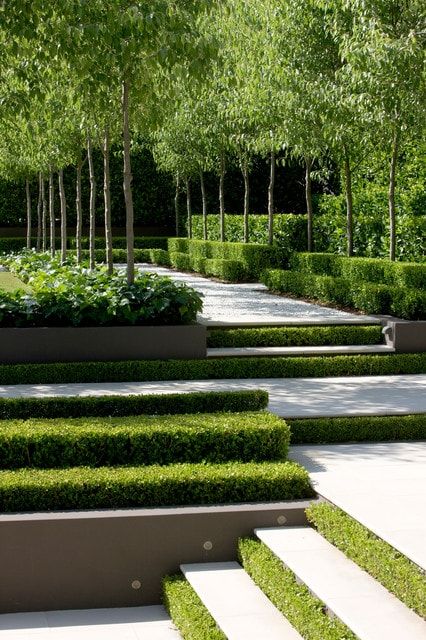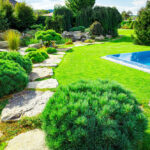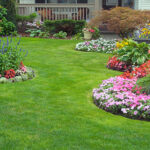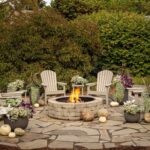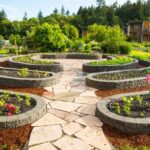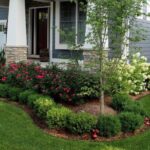Landscaping design is an important aspect of creating a beautiful and functional outdoor space. It involves the planning and arrangement of elements such as plants, trees, flowers, and hardscaping features to enhance the overall aesthetic of a property. A well-designed landscape can not only increase the curb appeal of a home but also create a welcoming and relaxing environment for its inhabitants.
When designing a landscape, it is essential to consider factors such as the climate, topography, and soil conditions of the area. Different plants thrive in different environments, so it is important to choose species that are well-suited to the local climate and soil. Additionally, the layout of the landscape should take into account the natural features of the property, such as slopes, drainage, and sunlight exposure, to ensure that the plants will thrive in their designated locations.
Incorporating hardscaping elements, such as walkways, patios, and retaining walls, can help define outdoor living spaces and add structure to the landscape. These features can also provide functional benefits, such as creating paths for easy access around the property or preventing erosion on slopes. When selecting hardscaping materials, it is important to choose options that complement the overall design aesthetic and will withstand the elements over time.
A well-designed landscape should also take into account the needs and preferences of the property owner. Whether one prefers a low-maintenance garden, a vibrant flowerbed, or a relaxing water feature, the landscape design should reflect the homeowner’s personal style and lifestyle. Working with a professional landscaper can help ensure that the final design meets the client’s needs while also maximizing the potential of the outdoor space.
One of the key principles of landscaping design is creating a sense of unity and cohesion throughout the space. This can be achieved through repetition of colors, textures, and shapes, as well as carefully planning the layout of plants and hardscaping features. By repeating certain elements throughout the landscape, it creates a sense of harmony and balance that ties the entire space together.
Overall, landscaping design is a creative and practical process that can transform a property into a beautiful and functional outdoor haven. By carefully planning and arranging elements such as plants, hardscaping features, and outdoor living spaces, a well-designed landscape can enhance the overall appeal and value of a property while providing a relaxing and enjoyable environment for its inhabitants.
